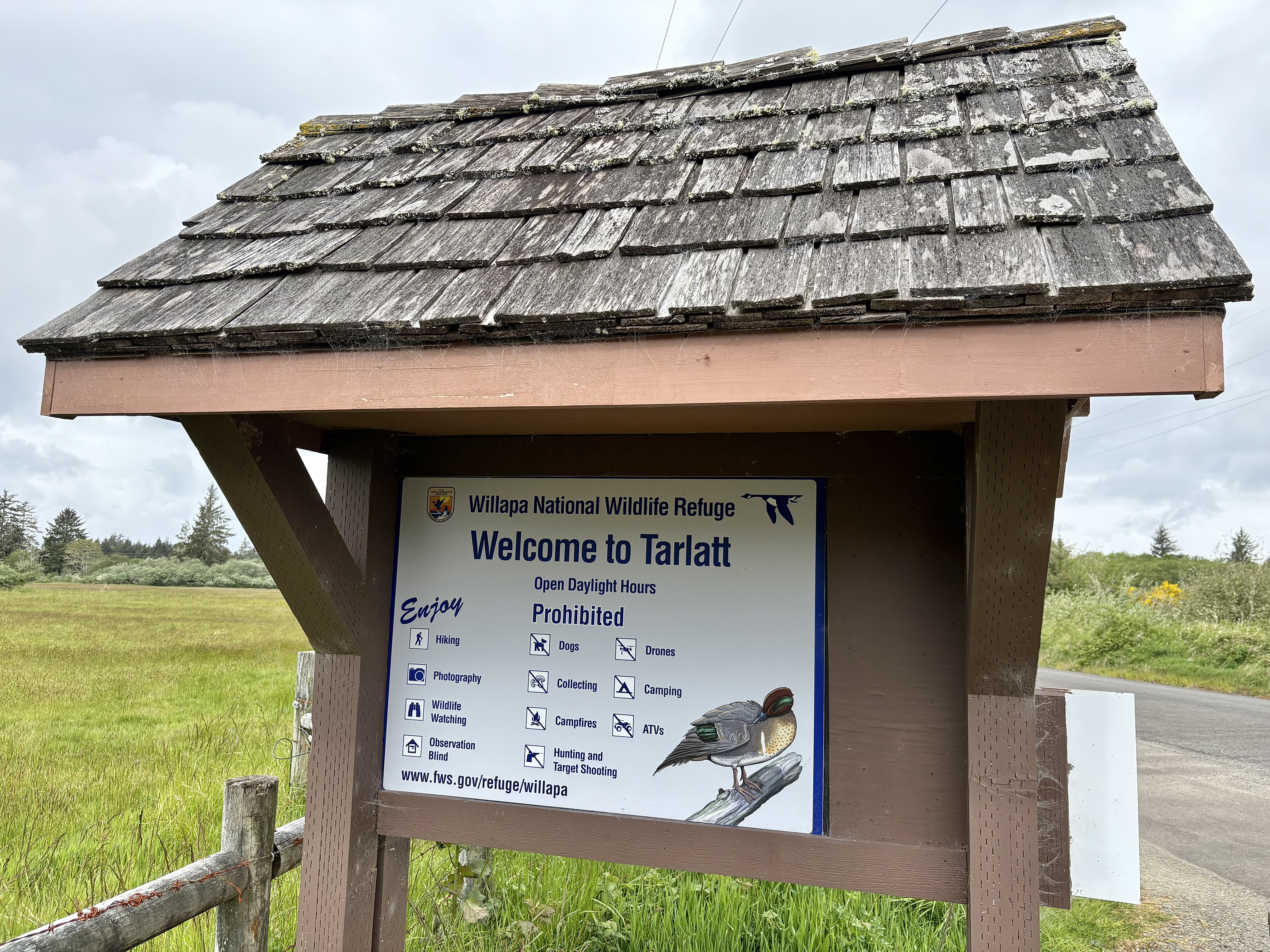Offshore quakes don’t signal doom
Published 7:04 am Tuesday, July 16, 2024

- A swarm of minor to moderate earthquakes on a crustal fault line off the Strait of Juan de Fuca does not indicate the imminent arrival of a major subduction-zone quake, according to experts.
PACIFIC OCEAN — Seismic activity off the northwest tip of Washington and southern Vancouver Island has picked up this month, and worries are spreading that “the big one is coming.” Do not let the activity ruffle your feathers; it is perfectly normal.
Trending
Other than Alaska and California, the Pacific Northwest is one of the most seismically active regions in the Ring of Fire. Washington accounts for much of this activity.
Over the past two weeks, about 22 earthquakes have been recorded in the region. The largest, registered as magnitude 6.4, occurred on July 11 and was followed by a magnitude 5.4 aftershock.
Pacific County Emergency Management Agency Director Scott McDougall has been closely monitoring the developments closely and working to calm citizens’ nerves.
Trending
“There are all sorts of faults all over the Pacific Ocean and frankly all over the state of Washington, and there are different kinds of faults,” McDougall said. “Some of them are faults, like the subduction zone fault, where you have one plate that is subducting under another.”
“But some of them are just plates, in places where the earth moves back and forth against itself, and we have known areas of plate boundaries off the coast of Oregon out kind of by Bandon. There are some strike-slip faults up off of Vancouver Island. It’s just indicative of normal everyday movement under the earth,” McDougall added.
The areas McDougall is referencing are known to have periods where they become “more seismically active.”
“It is not a prelude to, they are far enough removed that they really don’t have any impact, or they don’t present an indicator of what is going on under the Cascadia Subduction Zone,” McDougall said.
“We also have earthquakes, we also have episodic tremor slip events, which are slow-motion earthquakes that happen over the space of months. Those also go in swarms, and in theory those are not supposed to be indicators of an event somewhere else either. I actually get more nervous when those are happening than I do when these are happening,” McDougall added.
The heightened activity off the coast comes as the {span}National Oceanic and Atmospheric Administration {/span}proposes slashing millions of dollars of funding for its National Tsunami Hazard Mitigation Program. The proposal calls for redirecting $2 million of the $6 million of 2024 funding to two specific Tsunami Warning Centers, and then cutting funding for the program altogether in 2025.









